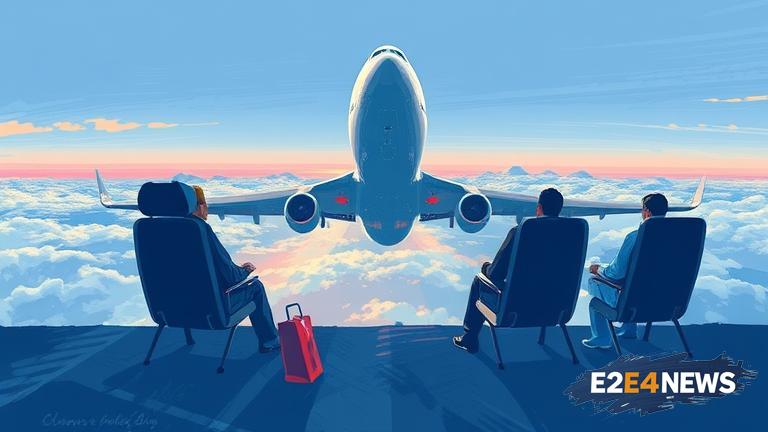The recent surge in aviation incidents has sparked a heated debate on air travel safety, with many questioning the effectiveness of current safety protocols. In the past few months, several high-profile incidents have made headlines, including a near-miss between two planes at a major airport and a mechanical failure that forced an emergency landing. These incidents have raised concerns among passengers, airlines, and regulatory bodies, highlighting the need for a thorough review of air travel safety standards. The debate has also shed light on the importance of pilot training, aircraft maintenance, and air traffic control procedures. Many experts argue that the current safety protocols are outdated and in need of revision, while others claim that the incidents are isolated and do not reflect a broader safety issue. The International Air Transport Association (IATA) has weighed in on the debate, emphasizing the need for a data-driven approach to safety and the importance of sharing best practices across the industry. The Federal Aviation Administration (FAA) has also launched an investigation into the recent incidents, with a focus on identifying root causes and implementing corrective measures. Meanwhile, airlines are taking steps to reassure passengers, including increasing transparency around safety procedures and investing in new technologies to enhance safety. However, some critics argue that the industry is not doing enough to address the safety concerns, and that more needs to be done to prevent such incidents in the future. The debate has also highlighted the importance of passenger awareness and education, with many experts advocating for more information to be made available to passengers about safety procedures and emergency protocols. Furthermore, the incidents have raised questions about the role of technology in air travel safety, with some arguing that automation and artificial intelligence can help reduce the risk of human error. On the other hand, others argue that over-reliance on technology can create new safety risks, and that a balanced approach is needed. The global nature of the debate has also highlighted the need for international cooperation and standardization of safety protocols. The European Aviation Safety Agency (EASA) has called for a unified approach to safety regulation, while the International Civil Aviation Organization (ICAO) has emphasized the importance of global standards and best practices. In addition, the debate has sparked a discussion about the economic implications of air travel safety, with some arguing that the costs of implementing new safety measures could be prohibitively expensive for smaller airlines. However, others argue that the costs of not addressing safety concerns could be far greater, in terms of both human lives and economic losses. The recent incidents have also raised questions about the role of government regulation in ensuring air travel safety, with some arguing that more stringent regulations are needed to prevent such incidents. Others argue that over-regulation could stifle innovation and increase costs, and that a balanced approach is needed. Ultimately, the debate on air travel safety highlights the complex and multifaceted nature of the issue, and the need for a comprehensive and nuanced approach to addressing the concerns of passengers, airlines, and regulatory bodies. As the investigation into the recent incidents continues, it is clear that the debate on air travel safety will remain a major topic of discussion in the coming months and years. The importance of air travel safety cannot be overstated, and it is crucial that all stakeholders work together to ensure that the highest safety standards are in place to protect passengers. By sharing best practices, investing in new technologies, and promoting passenger awareness and education, the industry can work towards a safer and more secure air travel experience for all. The recent incidents have also highlighted the need for greater transparency and accountability in the industry, and for a more proactive approach to addressing safety concerns. As the industry continues to evolve and grow, it is essential that safety remains a top priority, and that all stakeholders are committed to ensuring the highest safety standards. The debate on air travel safety is a reminder that safety is a shared responsibility, and that everyone has a role to play in ensuring the safety of air travel. By working together and prioritizing safety, we can create a safer and more secure air travel experience for all passengers.





